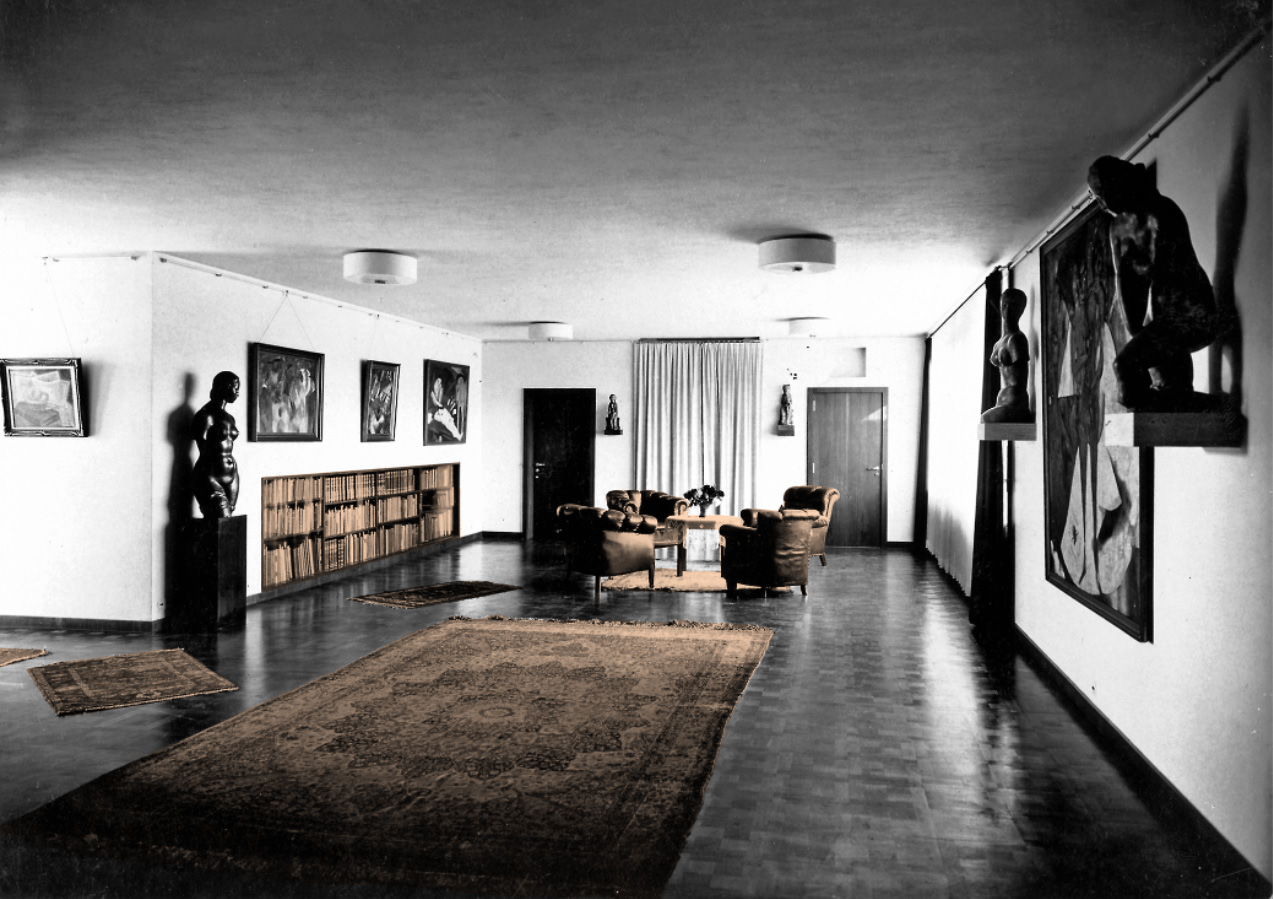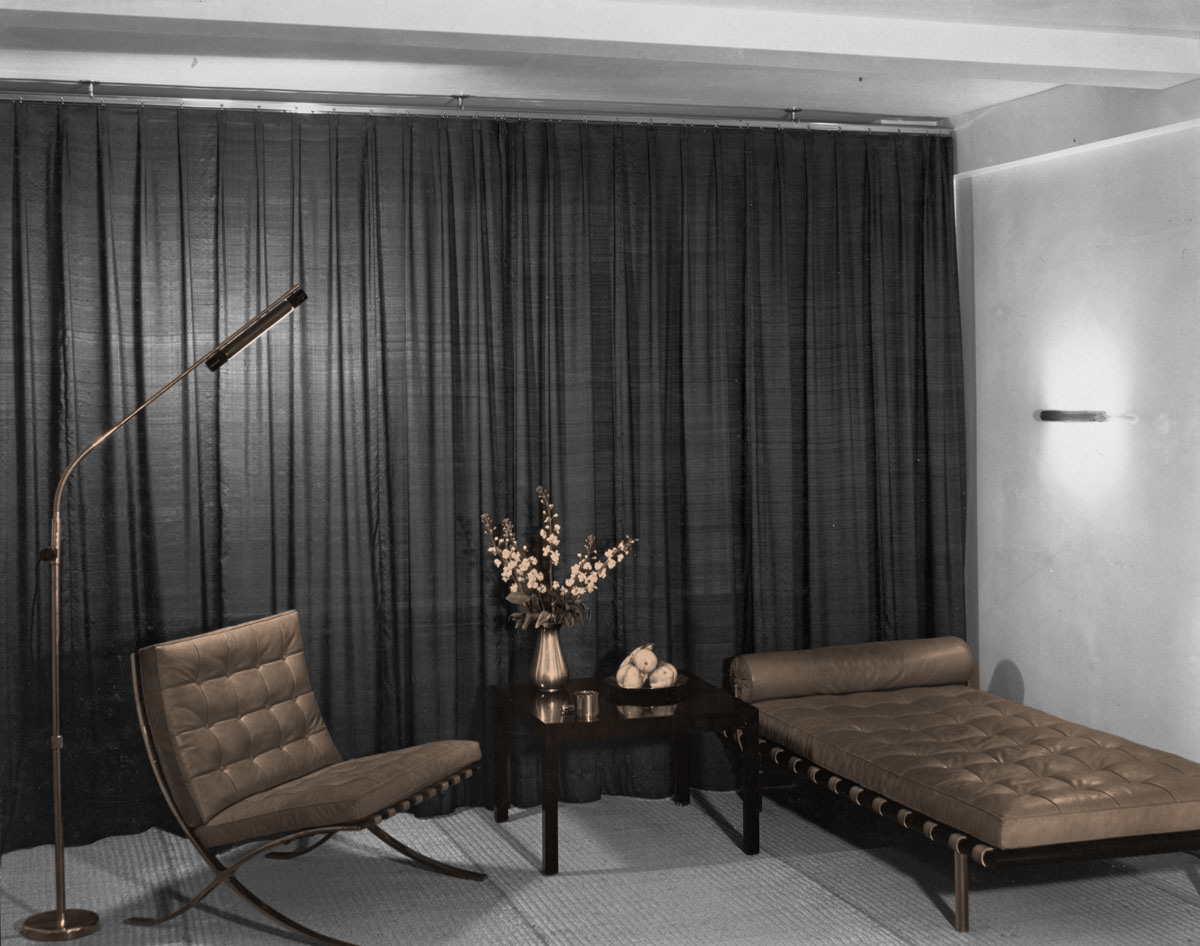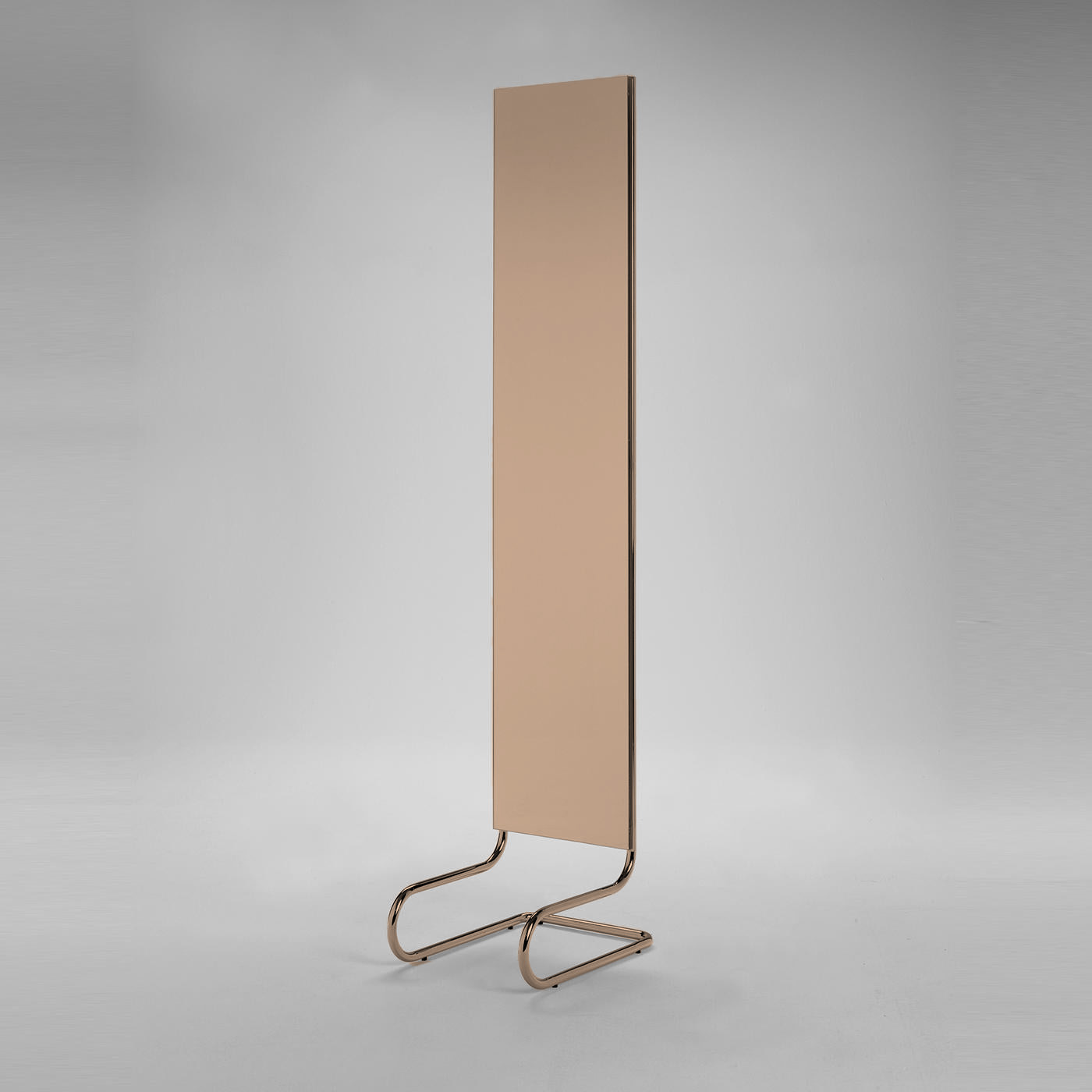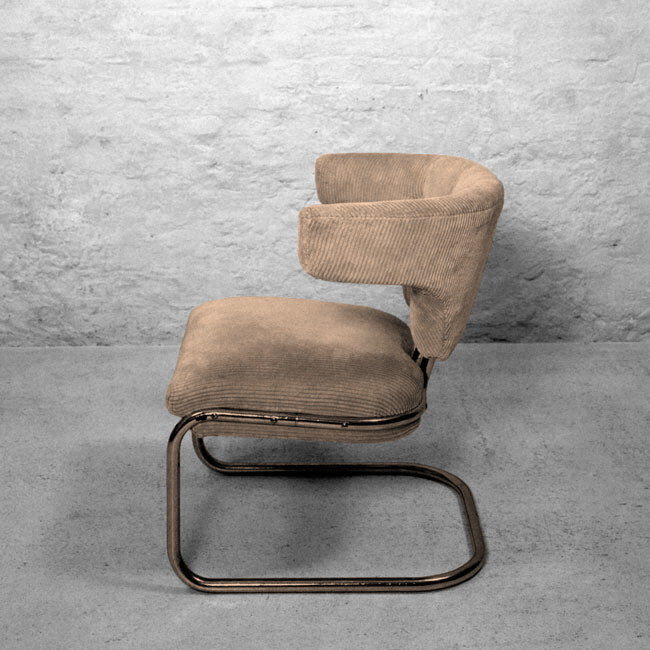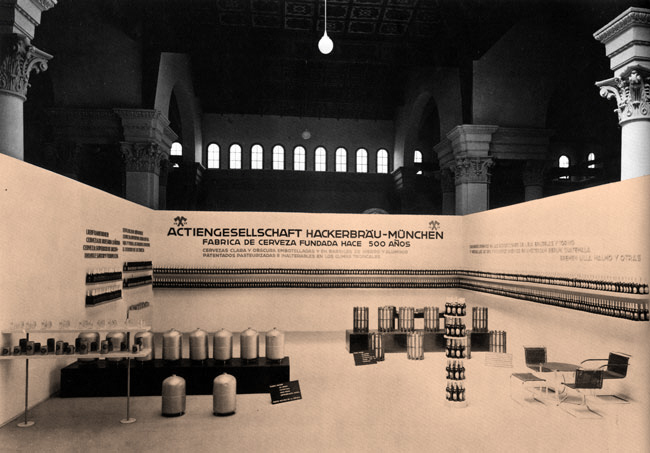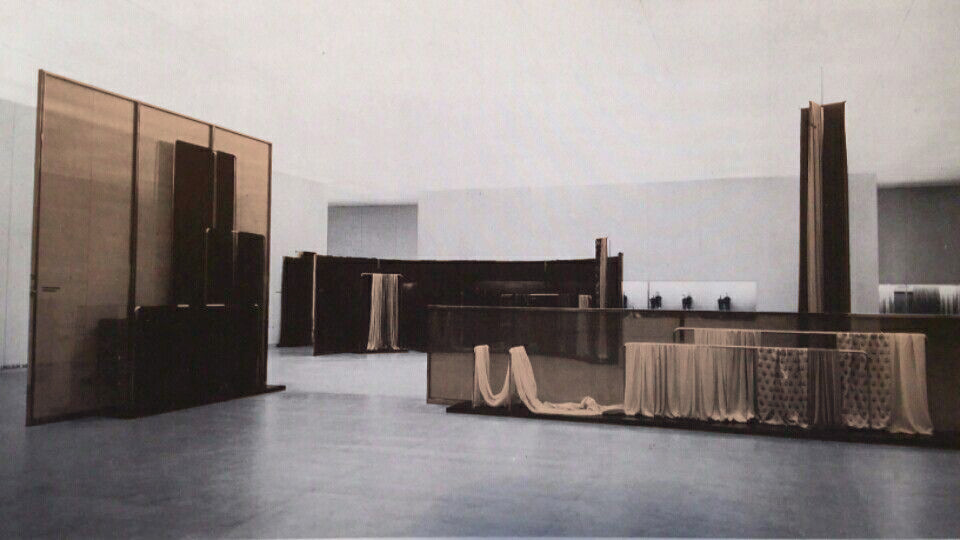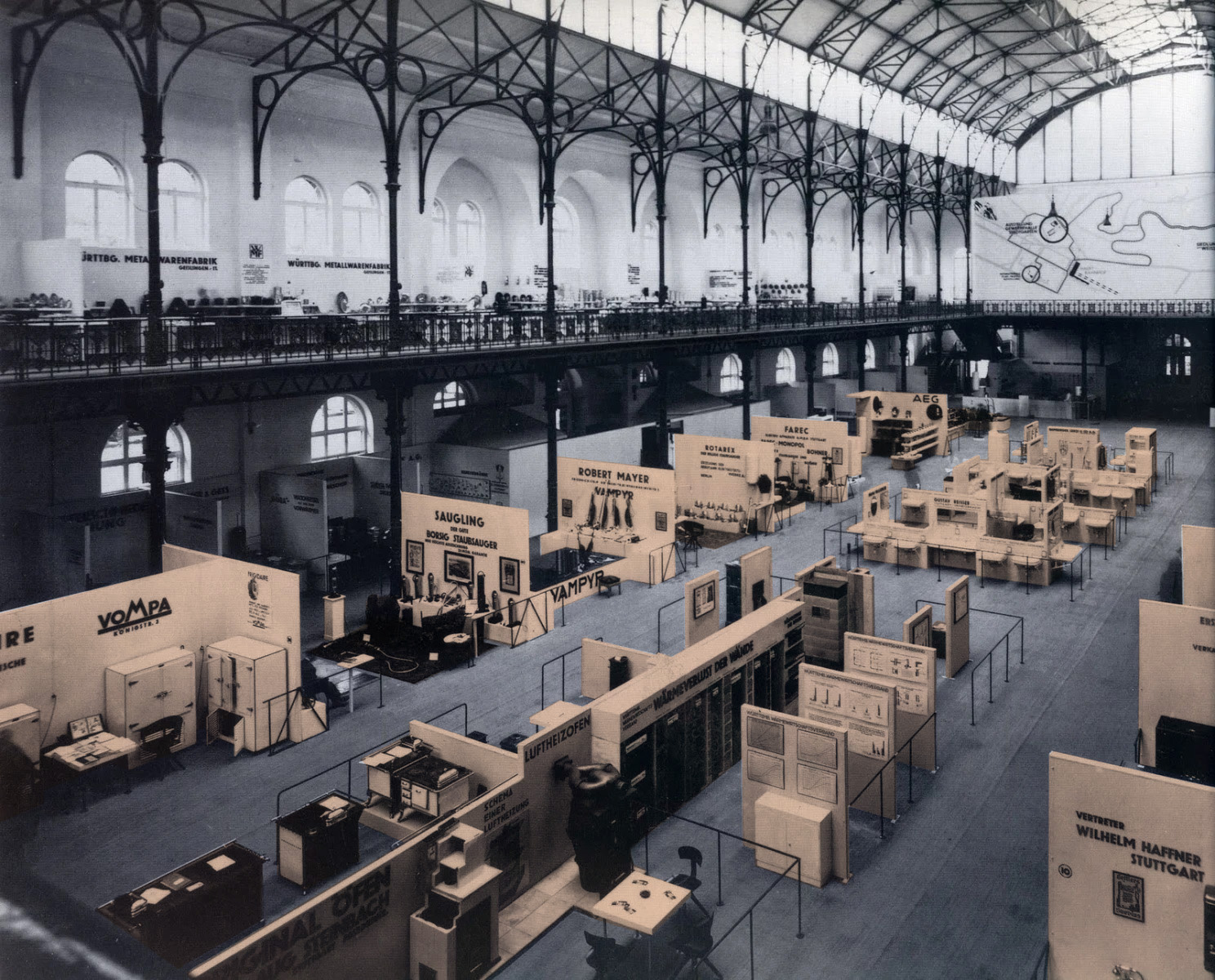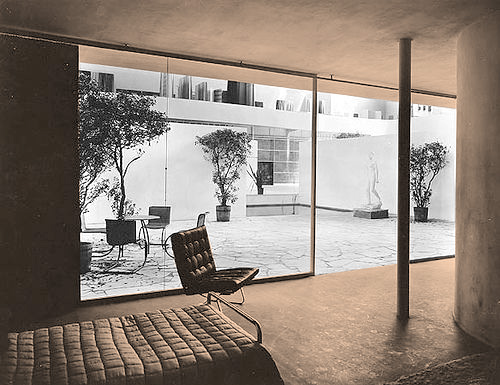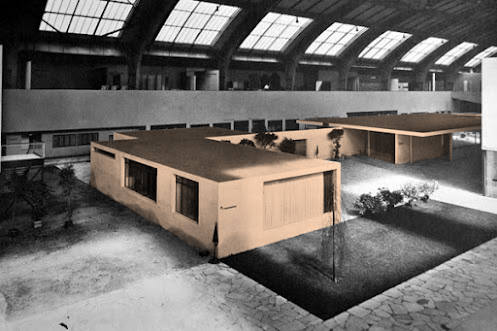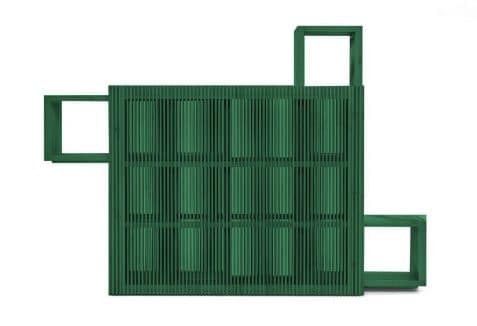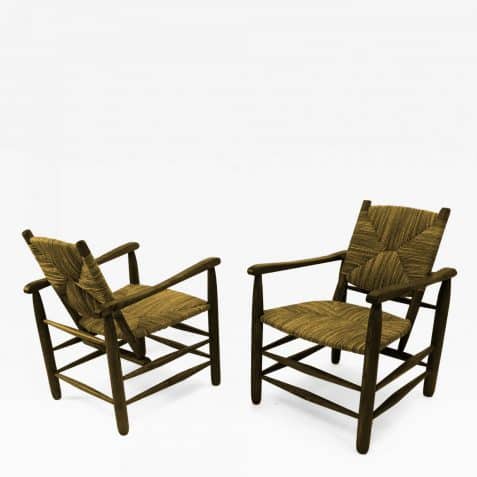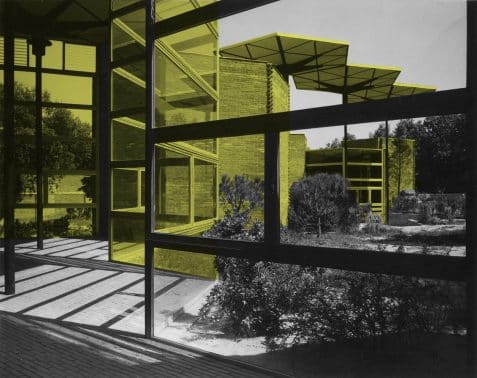INTERIOR
The designer next to Mies Van der Rohe #Lilly Reich
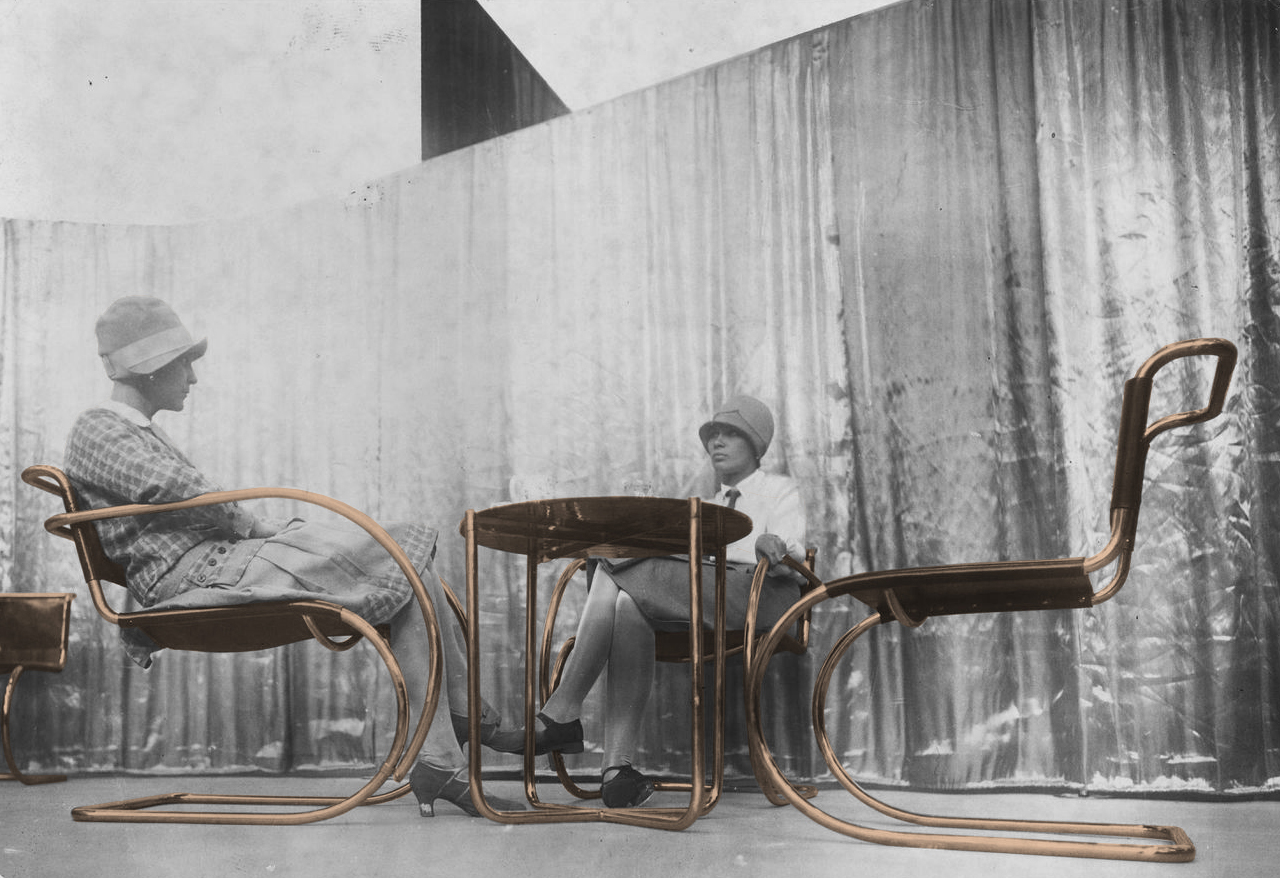
Architect and designer Lilly Reich is mainly known for her collaboration with Mies van der Rohe. However, before this Lilly Reich already had a long experience in exhibition design and a senior position at the Deutscher Werkbund.
Reich studied in 1908 at the Wiener Werkstätte directed by Josef Hoffman. In 1912 she was invited to join the Deutscher Werkbund by its director Hermann Muthesius. She developed her work there on fashion design, window dressing, interior design and exhibition design until becoming part of the Werkbund’s board of directors in 1920.
Reich and Mies met at the Deutscher Werkbund in 1925. Although they maintained independent offices, they collaborated on the interior design of many of the houses designed by Mies during those years, such as the Wolf and Lange houses, the Tugendhat house or Philip Johnson’s apartment in New York, and in the design of the furniture that Mies created for his buildings, such as the Brno or Tugendhat chairs, although Reich also created his own line of steel tube furniture.
It is no coincidence that Mies began to work on contemporary furniture design and arranging exhibitions the same year that he started a personal relationship with Lilly Reich, Ludwig Glaeser, Ludwig Mies van der Rohe: drawings in the collection of the Museum of Modern Art, 1969
Reich introduced Mies to the use of colour and fabrics, such as carpets, curtains, or upholstery, but above all she introduced him to of exhibition designing. Together they directed the Housing Exhibition in Stuttgart in 1927, the German participation in the International Fair in Barcelona in 1929 and the Construction Exhibition in Berlin in 1931. In them, Mies selected the participating architects and constructed a building, the housing block in Stuttgart, the German pavilion in Barcelona, and the house for a bachelor in Berlin, while Reich designed the product displays and equipped the houses designed by Mies. The Berlin exhibition also gave Reich the opportunity to design her first house, a ground-floor house connected to the house designed by Mies through a common patio and a wall.
When Mies became the director of the Bauhaus in 1932, Reich accompanied him first as director of the weaving workshop and later as director of the interior design workshop that encompassed the former carpentry and metal workshops. After the closure of the Bauhaus, they still participated together in the exhibition Deutsches Volk, deutsche Arbeit in 1934, but Mies ended up emigrating to the United States while Reich stayed in a Germany at war in charge of Mies’s office and archives and even his family.

